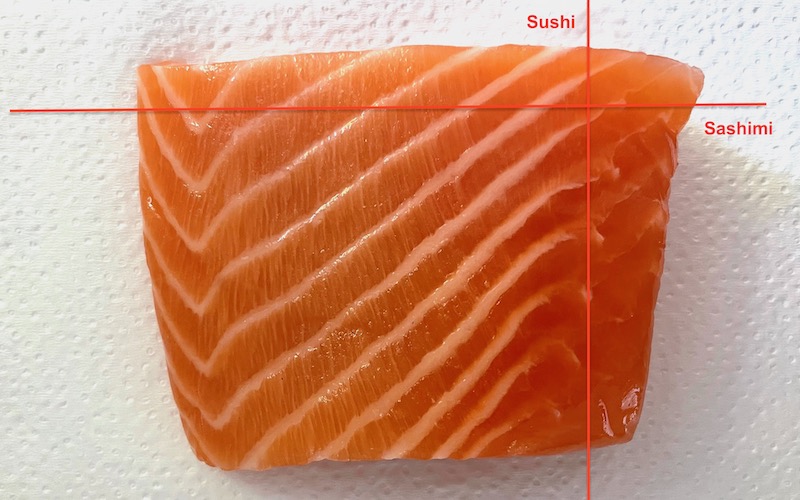

Sushi and sashimi are two of Japan’s most popular seafood dishes. But what’s the difference between sushi and sashimi?
Sashimi is raw fish without rice, whereas sushi always contains rice.
In Japan a real meal always contains rice. So sashimi is considered a starter or snack, whereas sushi is a main course or standalone meal.
The same fish can be used for both sushi and sashimi, but it’s sliced differently for the two dishes (see video and details below).
In Japanese, the generic ‘sushi’ becomes ‘zushi’ when refering to a particular type of sushi. Here are a few of the most popular types of sushi:
Here are a few things to keep in mind when buying and preparing fish for sushi and sashimi:
To slice fish for sushi or sashimi you’ll need:
Here’s how to slice fish for sushi & sashimi (scroll down for a step-by-step video with Japanese Sushi Master Hideo Dekura):
Now you know how to slice fish for sushi & sashimi, Master Sushi Chef Hideo Dekura will show you how to cook prawns for sushi, make sushi rice, and make dashi soy sauce for serving with all sorts of sushi and sashimi.
Share page on:








Share page on: